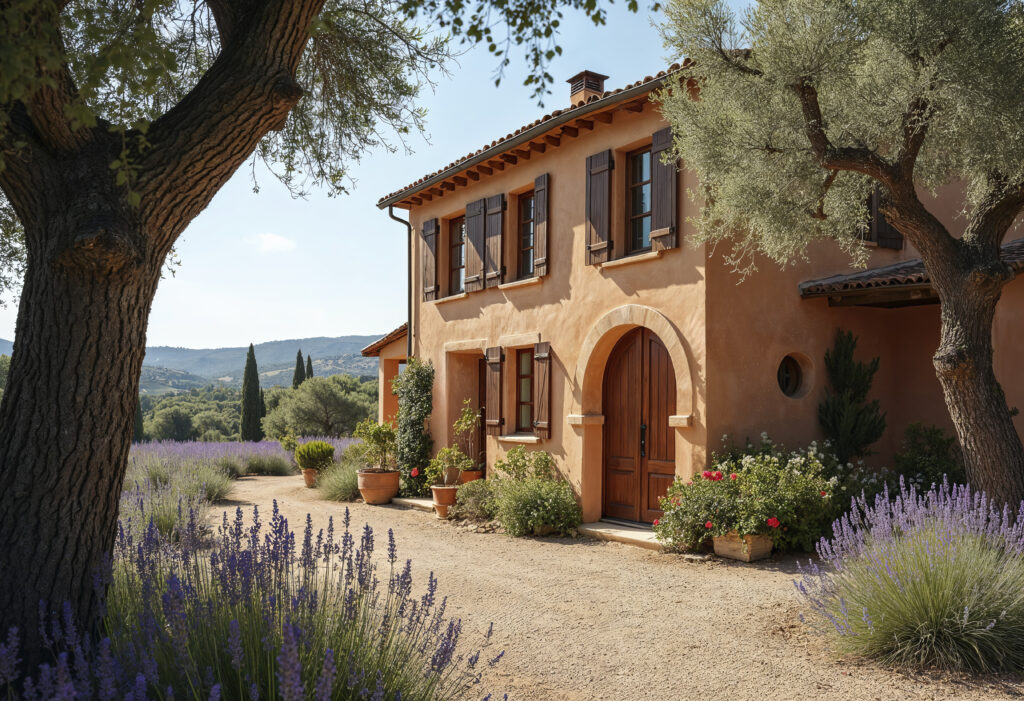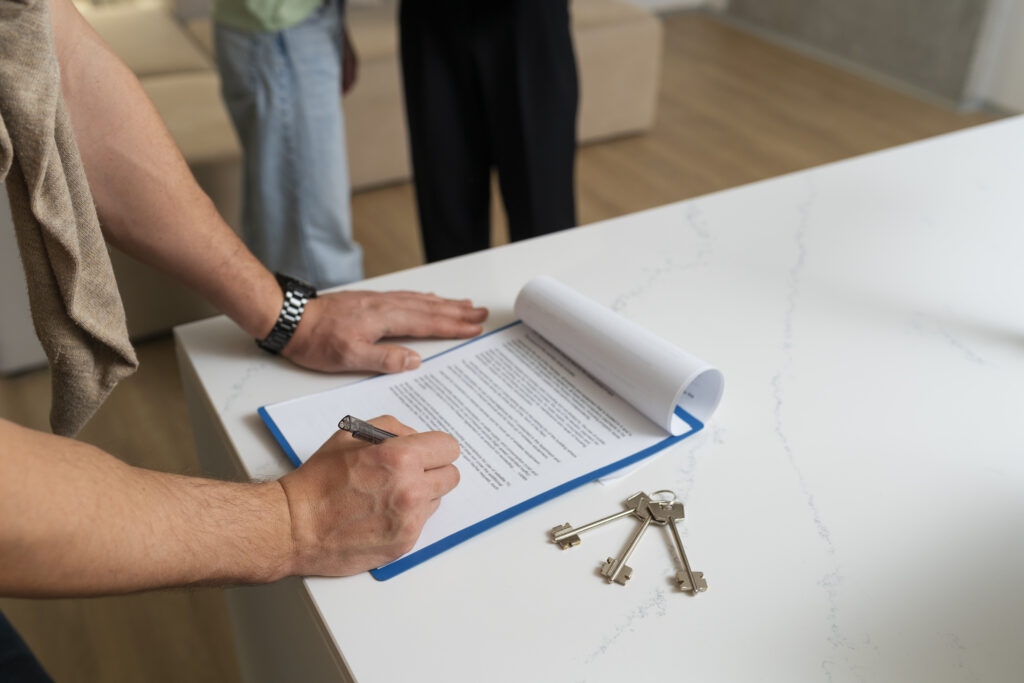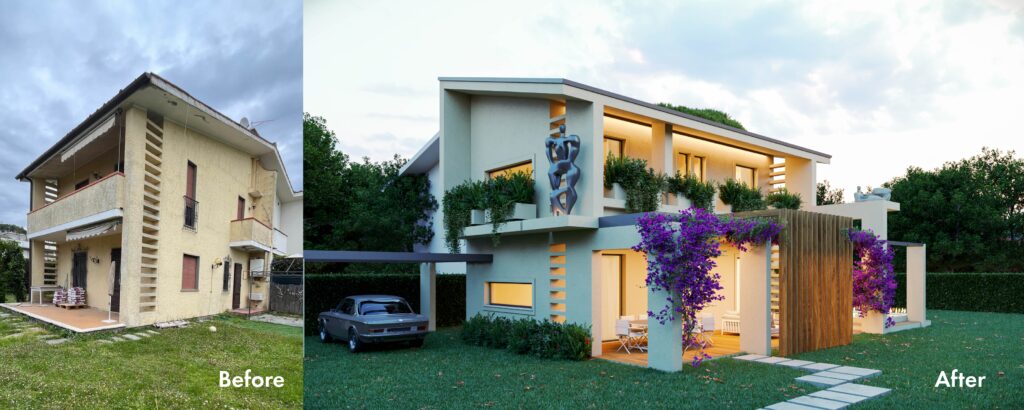Abstract
Tuscany’s charm—its scenic beauty, rich culture, and high-end real estate—attracts global investors, but buying property in Tuscany comes with complexities. This guide outlines seven key mistakes to avoid: neglecting due diligence on property titles and structural issues, underestimating taxes and ongoing costs, ignoring local market trends, misunderstanding legal and tax obligations, buying without clear intent, bypassing local expertise, and misjudging renovation challenges. With costs and regulations varying widely across regions like Forte dei Marmi and Chianti, informed planning is crucial. Buyers are urged to consult local professionals to navigate Italy’s intricate property landscape and make smart, lasting investments.
Introduction
Tuscany’s allure—picturesque landscapes, cultural heritage, and exclusive properties—draws high-net-worth individuals worldwide. From the chic coastal enclave of Forte dei Marmi to the vineyard-draped hills of Chianti, the region offers unmatched investment opportunities. Yet, without careful planning, buyers can face costly pitfalls. This guide highlights seven critical mistakes to avoid, providing actionable insights to secure your Tuscan dream home.

Mistake 1: Skipping Due Diligence
Failing to conduct thorough due diligence can lead to unforeseen issues. Tuscany’s historic properties often come with complex ownership histories or structural concerns. Always verify property titles, zoning regulations, and any liens. Engage a local notary and surveyor to inspect for hidden defects, such as unpermitted renovations, which affected 15% of Tuscan property transactions in 2024.
Mistake 2: Underestimating Costs Beyond Purchase Price
Many buyers focus solely on the property’s listed price, overlooking additional costs. Italy imposes a purchase tax of 2-9% (depending on residency and property type), notary fees averaging €3,000-€5,000, and ongoing maintenance costs, especially for historic villas. Budget an extra 10-15% above the purchase price to avoid financial strain.
Mistake 3: Ignoring Market Trends
Tuscany’s real estate market varies by subregion. For instance, Forte dei Marmi’s luxury villas command €5,000-€15,000 per square meter, with a 10% price increase in 2024, while rural Chianti properties offer lower entry points but slower appreciation. Failing to research local demand, rental yields (4-6% in coastal areas), and appreciation trends can lead to poor investment decisions.

Mistake 4: Overlooking Legal and Tax Implications
Italy’s property laws and tax structures are complex. Non-residents face higher property taxes (IMU) and may miss tax incentives, like the €100,000 flat-tax regime for new residents. Missteps, such as not registering the purchase correctly, can delay ownership or incur penalties. Consult a tax advisor and legal expert familiar with Italian real estate to navigate these nuances.
Mistake 5: Buying Property in Tuscany Without a Clear Purpose
Purchasing without a defined goal—whether for personal use, rental income, or long-term investment—can lead to regret. For example, a holiday home in coastal Tuscany may yield high rental returns but require active management, while a countryside farmhouse may suit a quieter lifestyle but offer lower liquidity. Define your objectives to align with market opportunities.
Mistake 6: Neglecting Local Expertise
Foreign buyers often rely on international agents unfamiliar with Tuscany’s market intricacies. Local real estate agents and consultants, such as those from Global Citizen Solutions, understand regional pricing, negotiation tactics, and cultural nuances. Their expertise can prevent overpaying—buyers in 2024 paid up to 12% above market value without local guidance.
Mistake 7: Misjudging Renovation Challenges
Tuscany’s historic properties, while charming, often require significant renovations. Strict heritage regulations can limit modifications, and costs can escalate quickly—renovations in 2024 averaged €1,500 per square meter for listed properties. Underestimating timelines or hiring inexperienced contractors can derail projects. Always secure permits and work with architects experienced in Tuscan restoration.

Frequently Asked Questions
- Can I buy property in Tuscany as a non-EU citizen? Yes, non-EU citizens can purchase property, but residency requires additional steps, such as Italy’s Golden Visa program.
- What are the risks of buying rural Tuscan properties? Rural properties may lack modern utilities or have restricted access, impacting resale value. Conduct thorough inspections.
- How long does the buying property in Tuscany process take? Typically, 3-6 months, including due diligence, contract signing, and notary procedures.
- Are there financing options for foreign buyers? Italian banks offer mortgages to non-residents, but terms are stricter, often requiring 30-40% down payments.
Conclusion
Buying property in Tuscany is a rewarding yet complex endeavor. By avoiding these seven mistakes—skipping due diligence, underestimating costs, ignoring market trends, overlooking legalities, lacking purpose, neglecting local expertise, and misjudging renovations—you can secure a sound investment. Partner with trusted professionals, such as those at goldenvisas.it, to navigate the process with confidence. Your Tuscan dream awaits—make it a reality with informed decisions.







